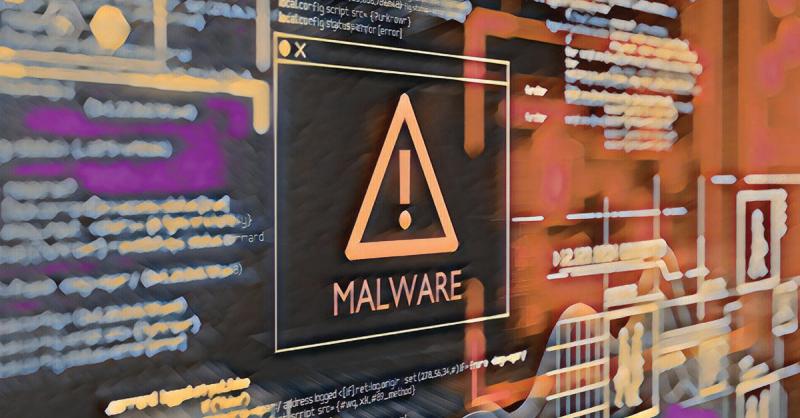
Malware, short for malicious software, is a term used to describe any software designed to harm or exploit a computer system, network, or device. It encompasses a wide range of harmful software, including viruses, worms, trojans, spyware, adware, and ransomware. Malware can be introduced into a system through various means, such as downloading infected files, clicking on malicious links, or exploiting vulnerabilities in software. Once malware infects a system, it can cause a variety of damaging effects, such as stealing sensitive information, corrupting data, or disrupting system operations.
One of the key characteristics of malware is its ability to replicate and spread within a system or network. Viruses, for example, are a type of malware that can attach themselves to legitimate files and spread from one device to another through file sharing or email attachments. Worms, on the other hand, are standalone programs that can replicate themselves and spread across networks without requiring user interaction. These self-replicating features make malware particularly dangerous, as it can quickly infect a large number of devices and cause widespread damage.
Another important aspect of malware is its stealthy nature. Many types of malware are designed to operate quietly in the background without being detected by the user or security software. This allows malware to carry out its malicious activities, such as stealing passwords or logging keystrokes, without alerting the user to its presence. Additionally, malware authors often use sophisticated techniques to evade detection by antivirus software and other security measures, making it challenging for users to protect their systems effectively.
Malware can also be used for a variety of purposes, depending on the intentions of the attacker. Some malware is designed to steal sensitive information, such as credit card numbers or login credentials, for financial gain. Other types of malware may be used to disrupt system operations, such as launching denial-of-service attacks or encrypting files for ransom. In some cases, malware is used to spy on users and gather intelligence for targeted attacks or surveillance. Regardless of its intended purpose, malware poses a significant threat to individuals, businesses, and organizations.
In response to the growing threat of malware, cybersecurity professionals and researchers continue to develop new tools and techniques to combat malicious software. Antivirus software, firewalls, and intrusion detection systems are commonly used to detect and block malware infections. Additionally, user education and awareness programs aim to help individuals recognize and avoid common malware threats, such as phishing emails or malicious websites. As cyber threats continue to evolve, it is essential for users to stay vigilant and take proactive measures to protect their devices and data from malware attacks.